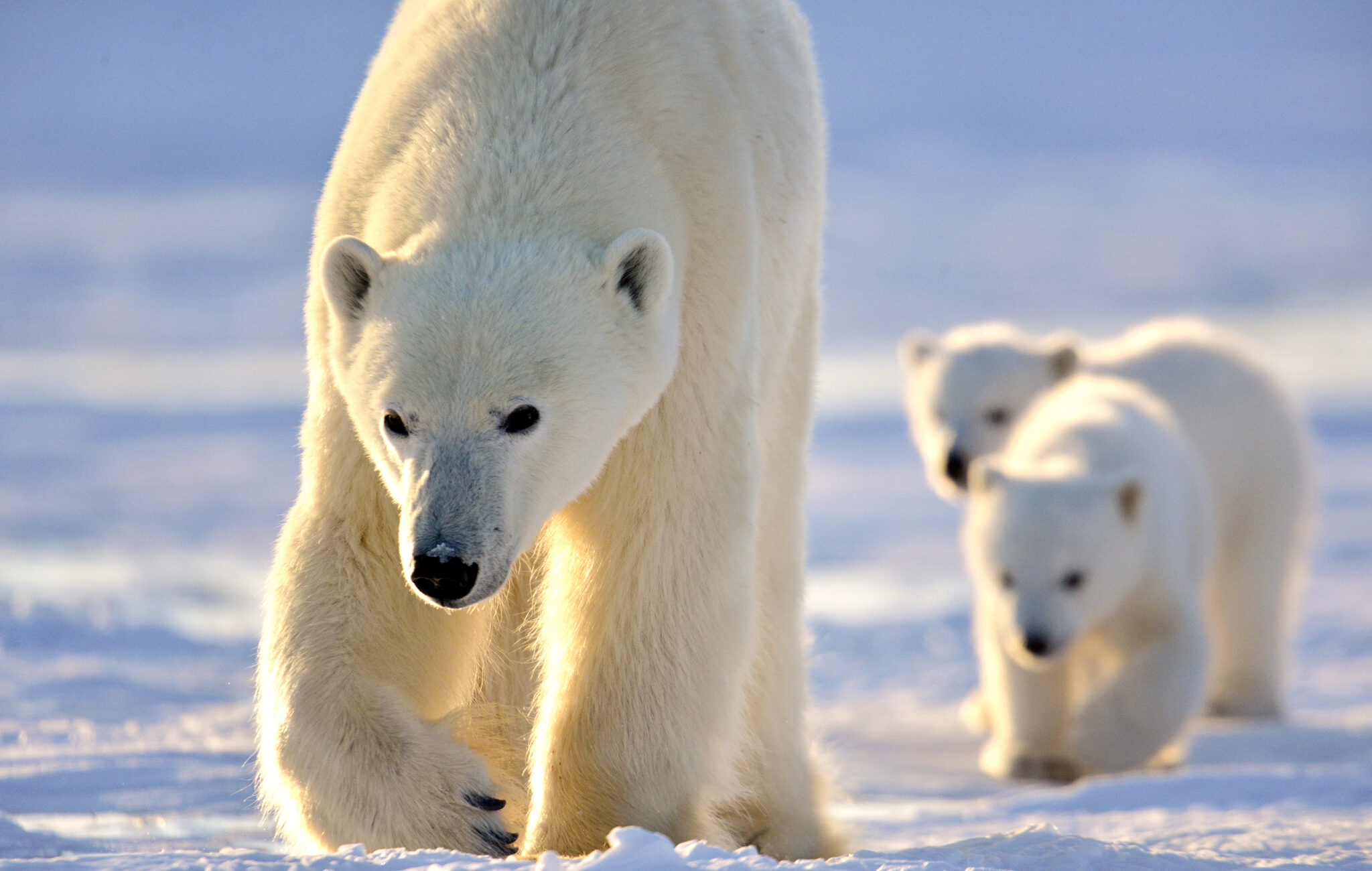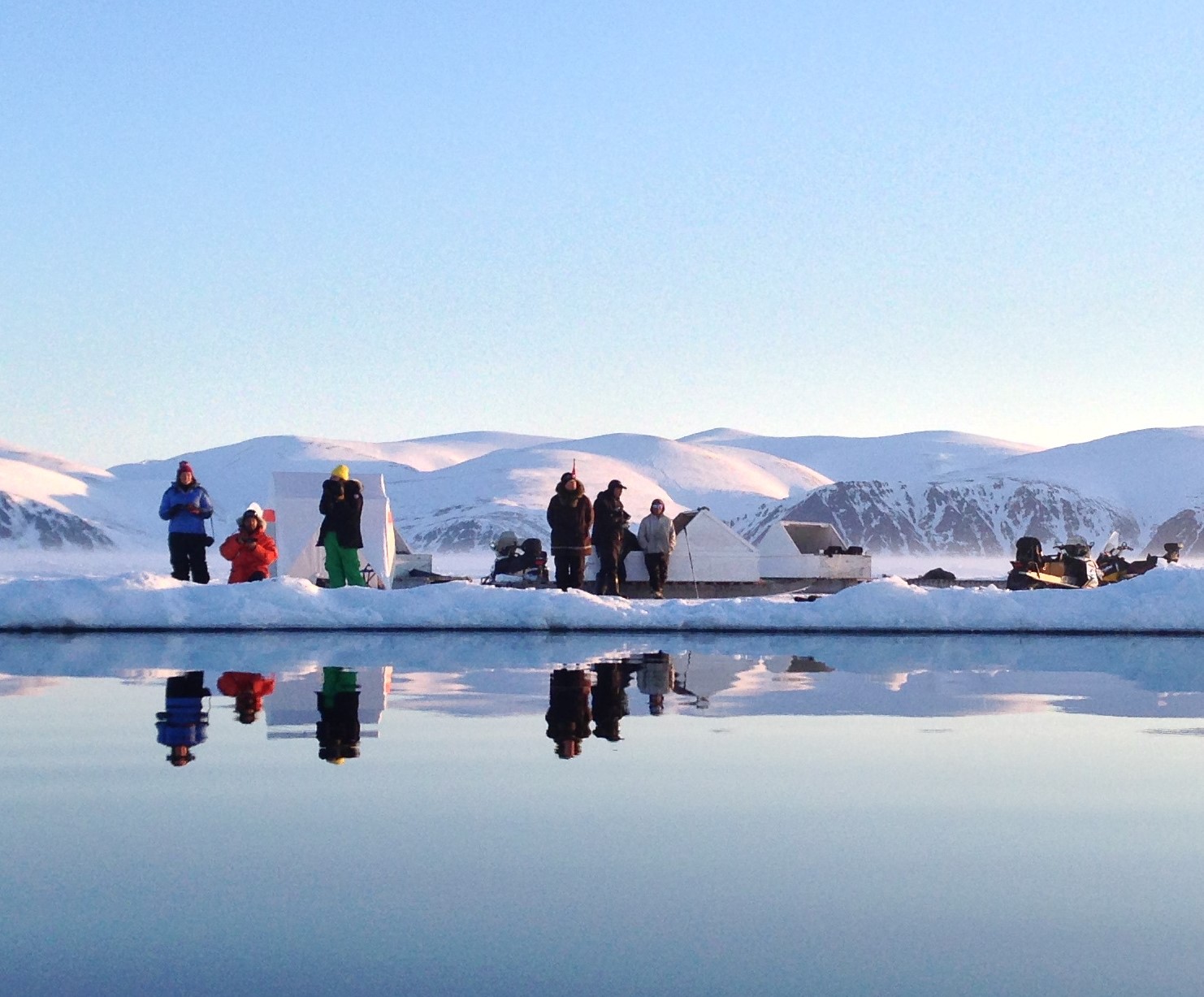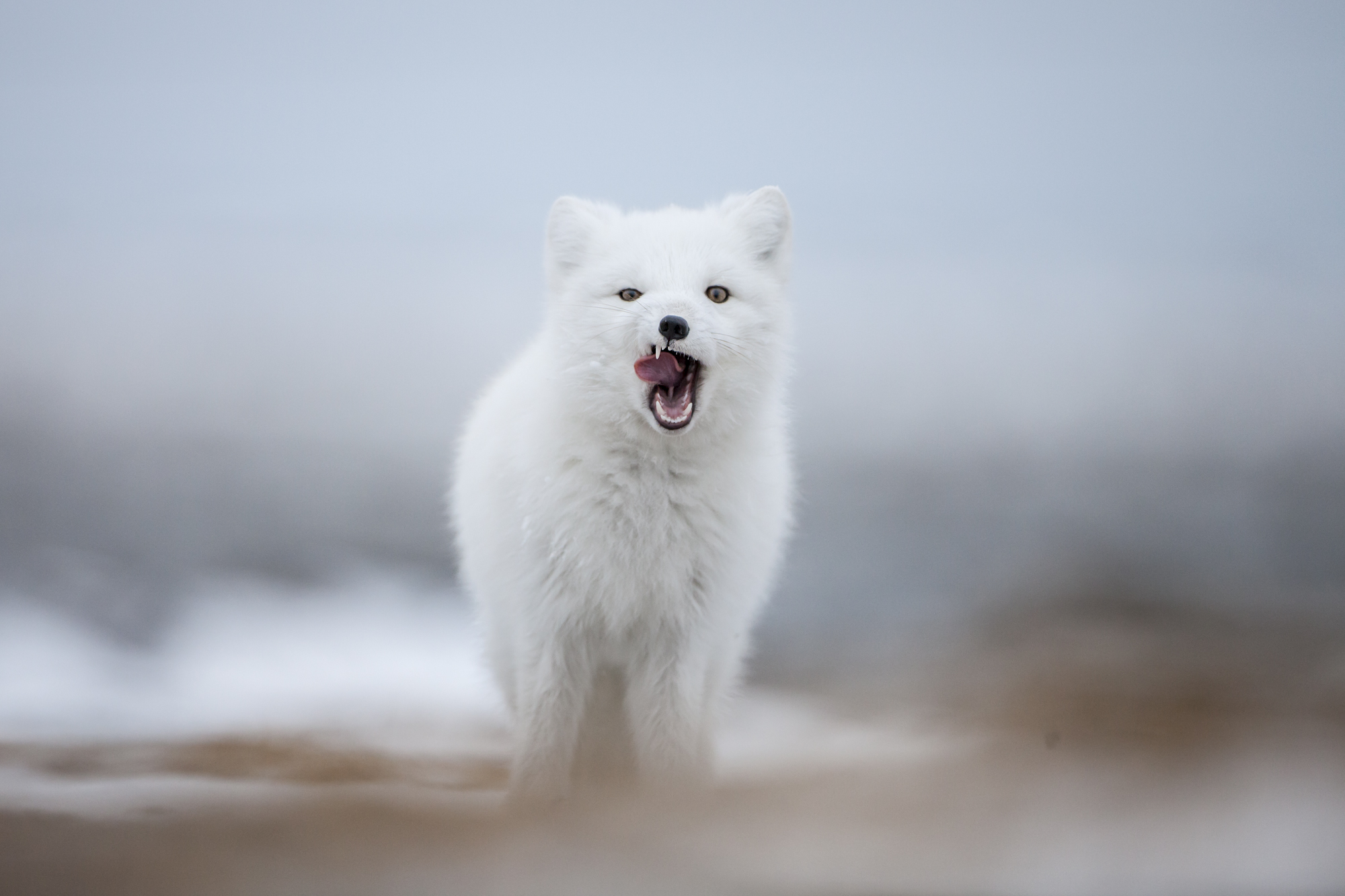Are you wondering where or what the Arctic Circle is and what it would be like to travel there? Intrigued by the North Pole? Did you know the North Pole is warmer than the South Pole?
Often people think of the Arctic Circle as being far or just wouldn’t think of it as a travel destination. But why should it be any less a place to explore than the Equator?
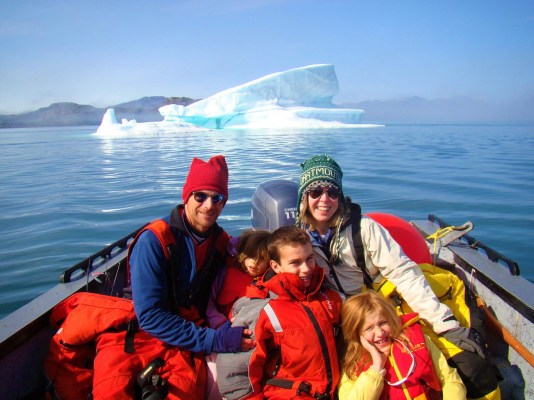
With people exploring more places each year, and travelling to more exotic and adventurous locations, the Arctic is quickly becoming one of the most exciting new destinations to visit.
If you want to learn more about the Arctic Circle, the Northern Lights and how the North Pole first captured people’s imagination from a cartoonist, then joins us as we explore some of the things you can see and experience within the Arctic Circle.
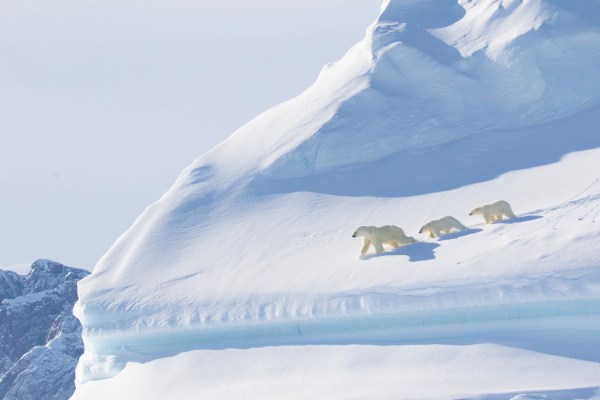
What Is The Arctic Circle?
The Arctic Circle is an imaginary line defined by where the Sun does not completely set for the Summer Solstice (June 21) and never rises on the Winter Solstice (December 22). It is one of the five major circles of latitude that mark maps of the Earth, such as the Equator or the Tropics.
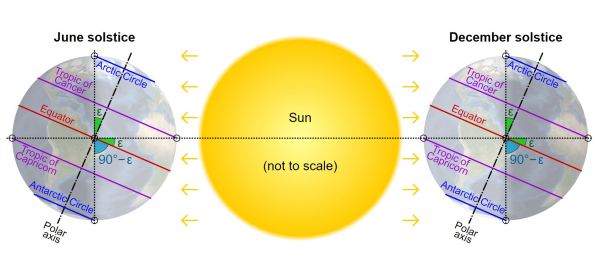
wikipedia.com
The North Pole is the most northerly point on our oval shaped planet. The magnetic North Pole is the point in which Earth’s magnetic charge radiates out of, like the tops and bottoms of a battery. And this magnetic field leads to what gives us the Northern Lights.
Rather than thinking of the North Pole with images of Santa and Rudolph, think of it this way. As the Earth spins, we spin with the planet. Now if you were to stand at the Equator, you would travel a circumference of 40,075 (24,902 mi) every 24 hours at a speed of 1,669kph (1,038 mph).
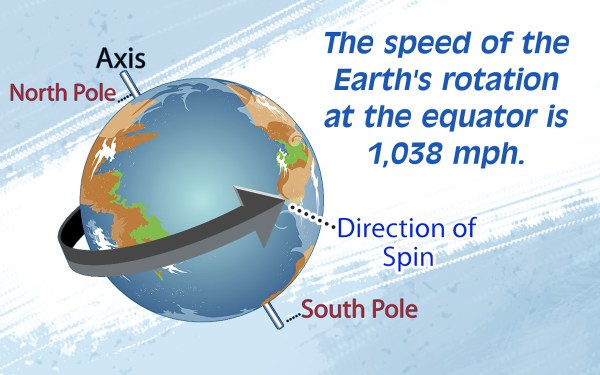
sciencestruck.com
Standing at the Arctic Circle you don’t need to travel as far, due to the oval shape of the planet, and will travel 17,662 km (10,975 mi) at a slower speed of 736 kph (457 mph).
And if you were standing right at the North Pole, it would take 24 hours for you to turn in a single circle. As if the entire world were spinning around you.
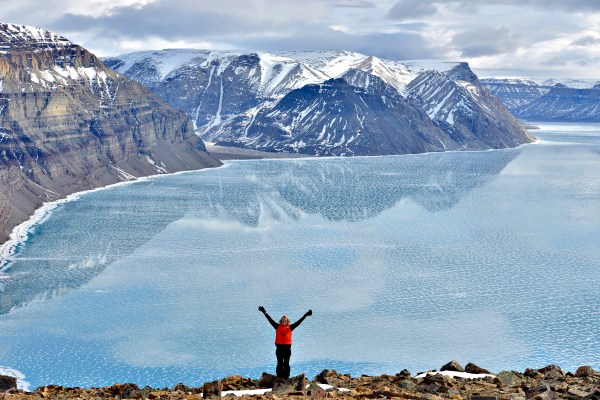
Now the Arctic Circle is easier to get to than you’d imagine. In fact, eight countries have land within the Arctic Circle, including three of Canada’s Territories. But the North Pole lies on top of the Arctic Ocean at a point that is constantly covered in frozen sea-ice, unlike the South Pole, which is a point of land on the continent of Antarctica.
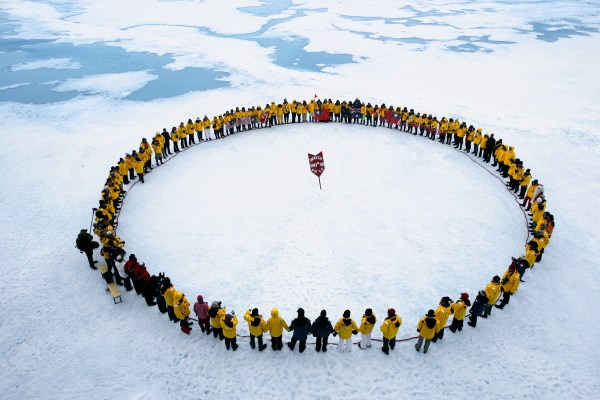
The Climate
Did you know that the North Pole is warmer than the South Pole? Since the Arctic is mostly ocean surrounded by land, while Antarctica is mostly land surrounded by ocean, the water underneath this floating Arctic ice cap traps heat and helps warm the surrounding air.
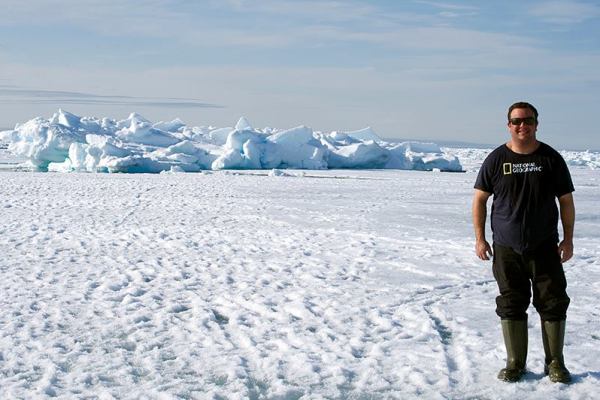
That means that the average summer temperature at the North Pole is 0oC (32oF) while at the South Pole it is -28oC (-18oF). Yet the lowest recorded temperature was in the Siberian Arctic at a frosty -68oC (-90.40F).
The Wildlife
The Arctic is home to a diverse array of spectacular wildlife. There are grazing animals like reindeer, moose, musk ox, dall sheep. And you find predators like the wolf, wolverine, Arctic fox, and polar bear.
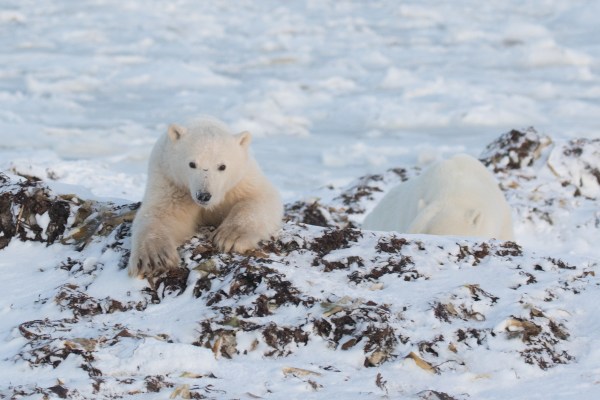
The waters of the Arctic are rich with fish and sharks, and a wide variety of whales from beluga and narwhal to bowhead and orcas. You can find walrus and seals and all kinds of stunning birds such as the Arctic tern, snow geese, puffins, and the snowy owl.
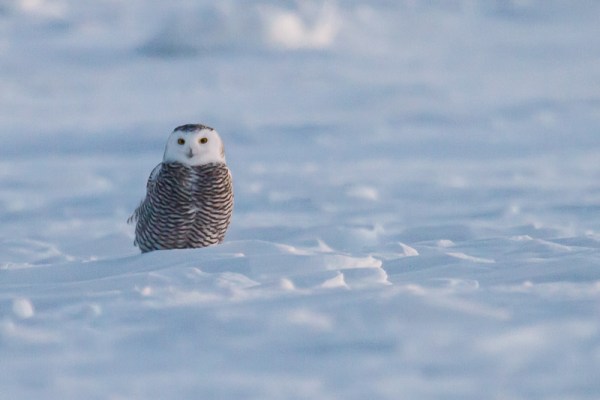
The animals you find in the Arctic Circle are amazingly resilient from the iconic polar bear to the beautiful Arctic fox. Plants and animals have adapted to dramatic seasonal shifts in such unbelievable ways, with some animals even changing the colour of their fur coat depending on how to best camouflage for the season.
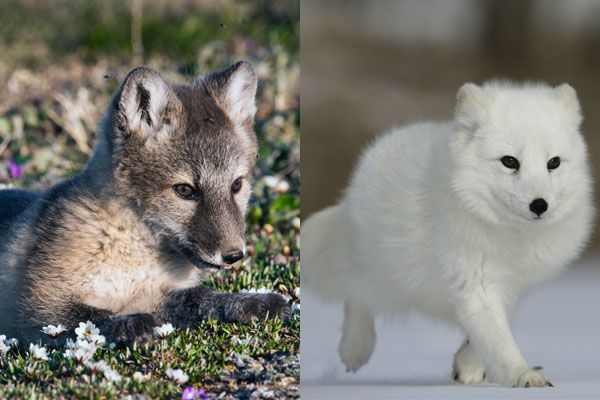
reddit.com
Northern Lights
Have you ever seen the miraculous dancing lights of the Northern Lights? Maybe you’ve wanted to see how they dance across the sky in a soft pink, green and purple? Few of us live where you can see them, but they are certainly worth a trip to experience one of nature’s most stunning phenomenon.
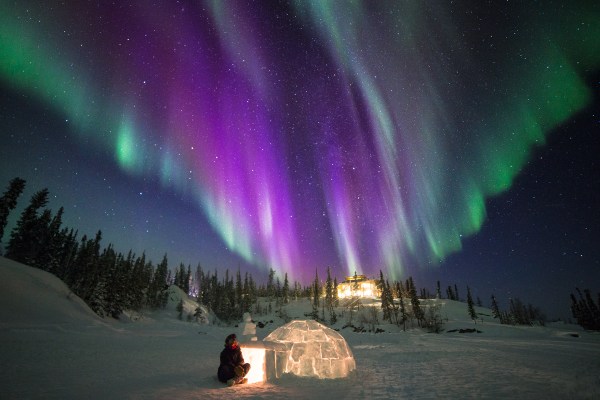
But what causes the Northern Lights? It starts all the way back at the Sun. At times of higher solar activity, the sun sends off charged particles known as solar winds. These particles encounter the magnetic field that surrounds our planet and this interaction produces light that diffracts and propels the light in ways that appears to us like it is dancing.
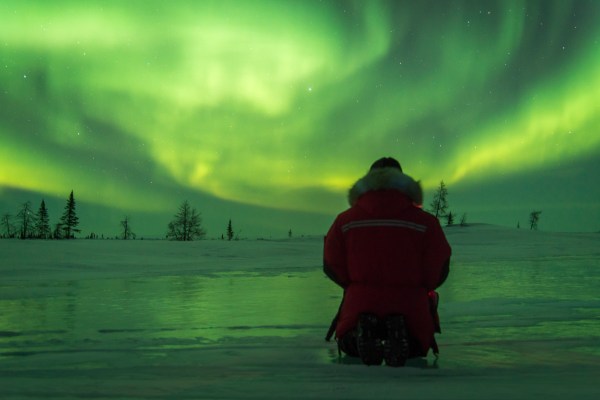
This reaction happens mostly within what’s called the aurora band, which corresponds to the area within the Arctic Circle. This area is particularly charged because it is so close to the Poles, which release Earth’s magnetic fields.
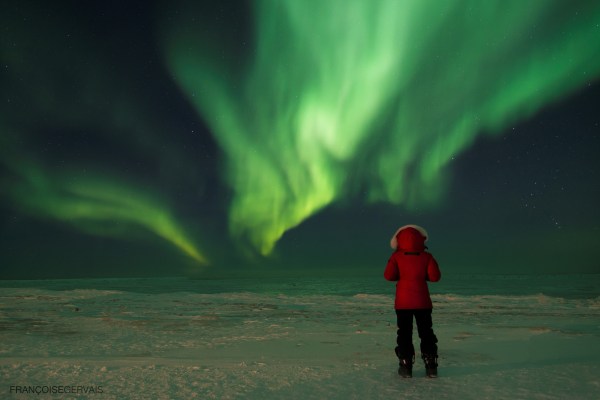
The History
Robert Peary claimed to be the first man to reach the North Pole but today people believe that it was his assistant, an African American man by the name of Matthew Henson on their expedition of 1909. By the time that Peary and Henson came near to the North Pole, Peary could no longer walk from terrible frostbite and had to be pulled by a sled. Henson and the two unnamed guides went ahead on foot and actually overshot their destination and so reaching the North Pole 45 minutes before Peary.
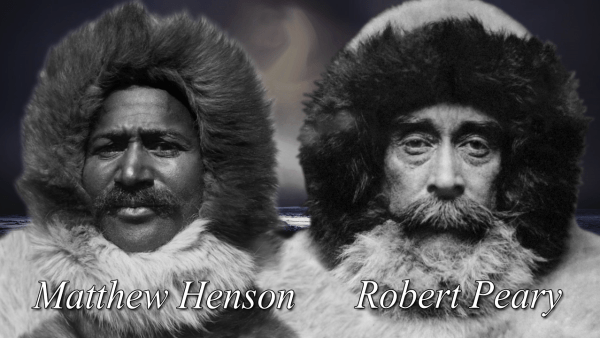
pbslearningmedia.org
When we think of the North Pole, however, we rarely think of explorers. Most of us probably think of Santa’s village. But did you know that it all started from a famous German-born American political cartoonist?
Thomas Nast began drawing illustrations of Santa Claus for Harper’s Weekly in the 1860s as part of an advertising campaign. It was noticed that he had assigned the mailing address to Santa Claus was the North Pole. A location that filled people’s imaginations with the explorers of this time and still captures our minds today. Yet many of these explorers’ names elude us while we all know of St. Nicholas.
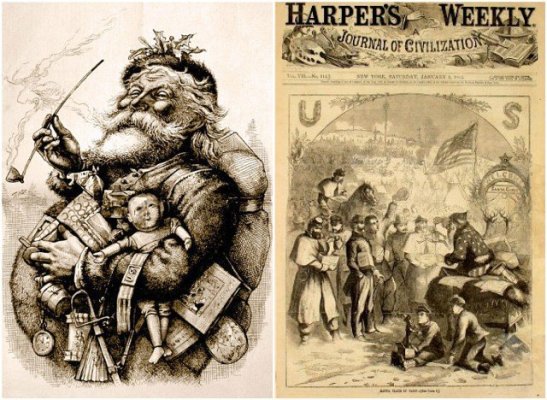
thevintagenews.com
Interested in Exploring the Arctic Circle? Try Private Trips
After 20 years of Arctic expeditions and guided safaris, Arctic Kingdom is uniquely able to make your northern dreams come true. Our logistics expertise allows us to plan a trip around your bucket list goals.
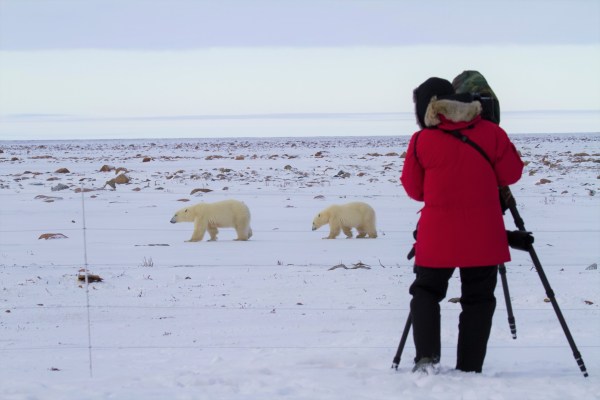
Do you want to explore somewhere in the Arctic that isn’t featured on one of our scheduled trips? We’ve built out private trips to many of the Arctic islands with spectacular special features like helicopter tours to explore more of the Arctic, boat tours to see all the marine life, hot air balloon rides to see the scenery from above, and so much more!
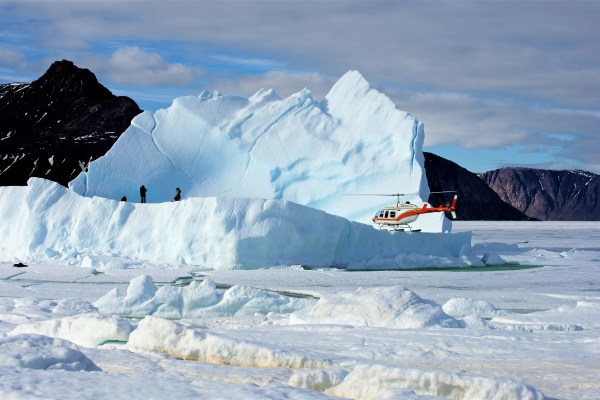
Explore our private trip options or tell us what interests you now!
Experience The Arctic On A Safari
Get chances to view elusive Arctic wildlife and experience the majesty of the Arctic on safaris year around. View all Arctic Safaris here.
Ready for adventure? Contact our Arctic Travel Advisors to book.
Are you still curious about the many wonders of the Arctic or looking for more interesting content then explore more blogs here!
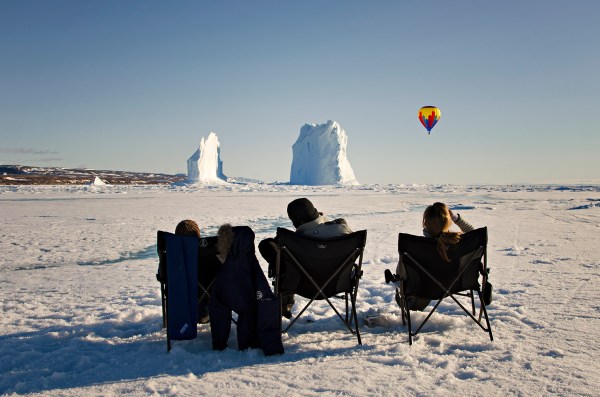
By: Mat Whitelaw


